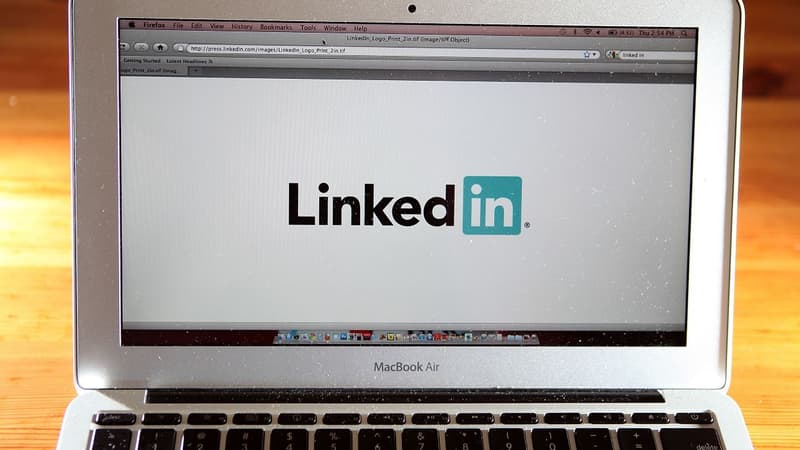Some users may no longer be able to post inspirational messages on LinkedIn. In fact, the social network dedicated to professionals has been the victim for several days of a wave of hacks that impacted user accounts.
The victims thus find themselves with blocked access to their account, which in some cases can even be deleted. Hackers have also, on certain accounts, been busy sending fraudulent messages through the private messaging system of the hacked accounts.
demanded ransoms
According to the specialized site Cyberint, some victims were even forced to pay a ransom, of a few tens of dollars, in exchange for the restoration of their LinkedIn account.
According to Cyberint, two scenarios would have presented themselves to the hacked people: on the one hand, access to the account was temporarily blocked due to repeated hacking attempts (with a brute force attack on passwords, for example), on the other an account completely blocked for hacking, with a change of email address and password made by the hacker.
On social media, some users claim to have tried to contact LinkedIn customer support, but sometimes went unanswered for several days. The social network has not officially communicated about this ongoing hack.
However, in case of hacking, it is recommended to call the customer service of the social network to report the hacking of the account. LinkedIn especially emphasizes the need to change your password if possible, verify all active sessions in progress and, above all, activate double authentication, which makes it possible to avoid intrusive access, even if the hacker has the account password.
To enable two-factor authentication:
On smartphones:
1) Go to your profile, then click the settings icon
2) Go to the “Identification and security” tab
3) Click “2-Step Verification” and then set up the feature via a phone number or a dedicated third-party app
In the computer:
1) Click on the “You” icon with your profile picture
2) Go to “Preferences and privacy”
3) Go to the “Identification and security” tab
4) Click on “2-Step Verification” and then set up the feature via a phone number or a dedicated third-party app
Source: BFM TV


